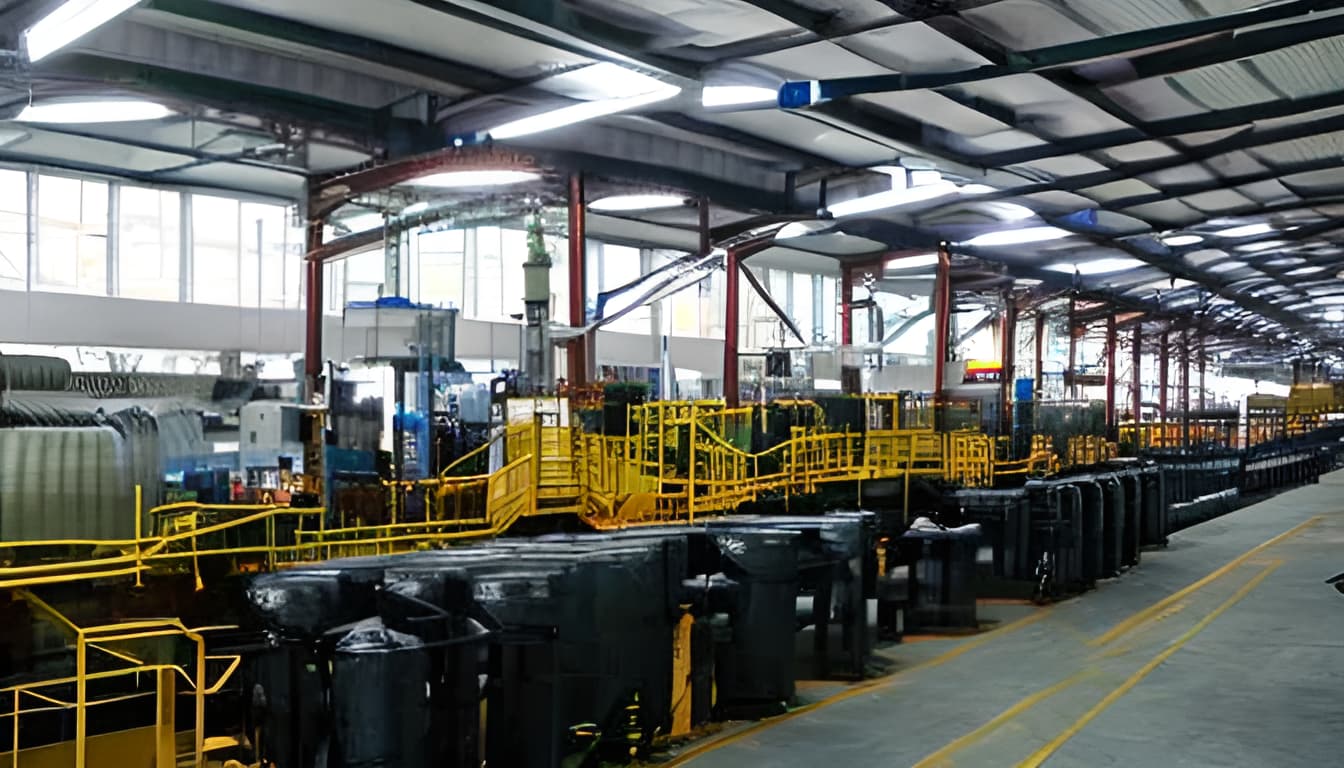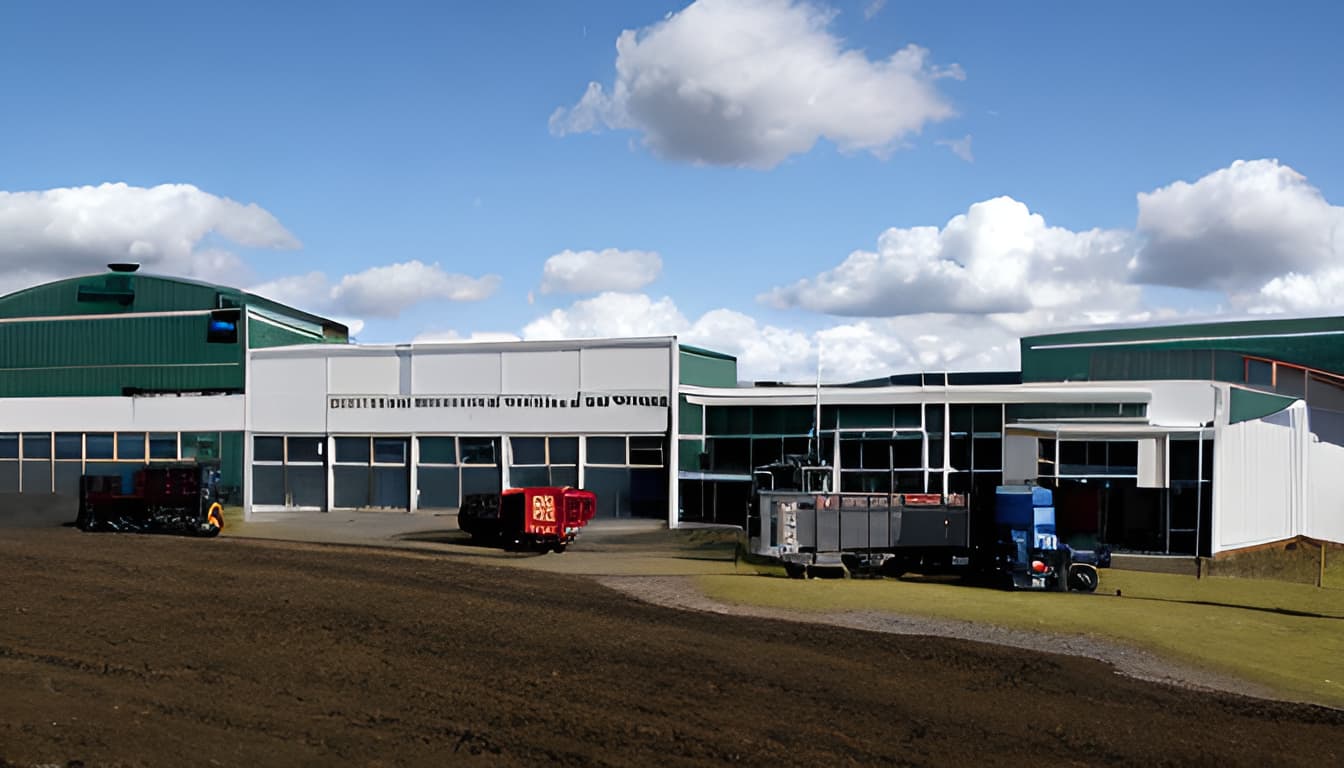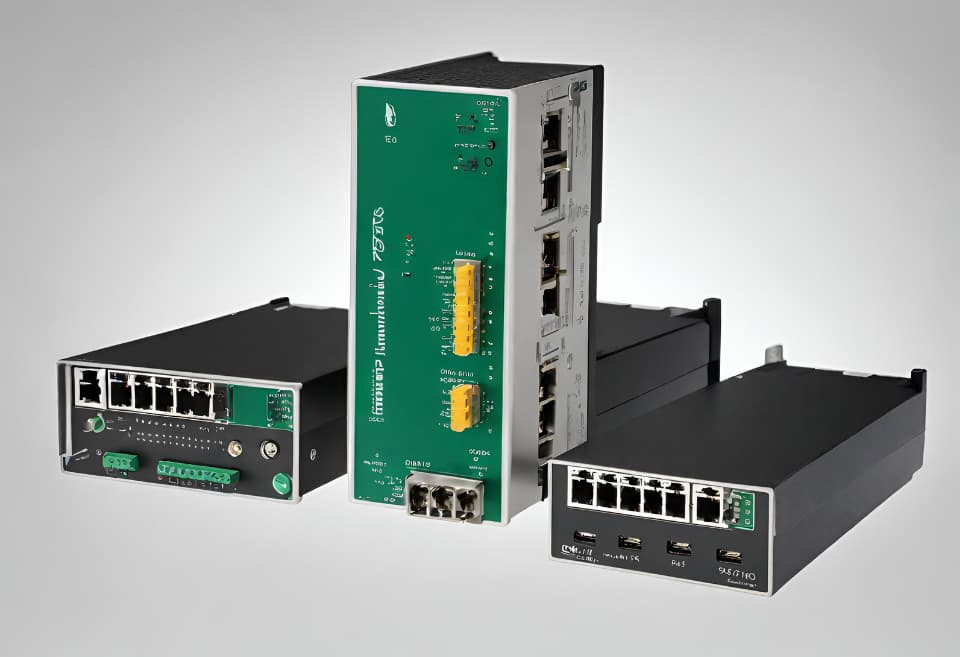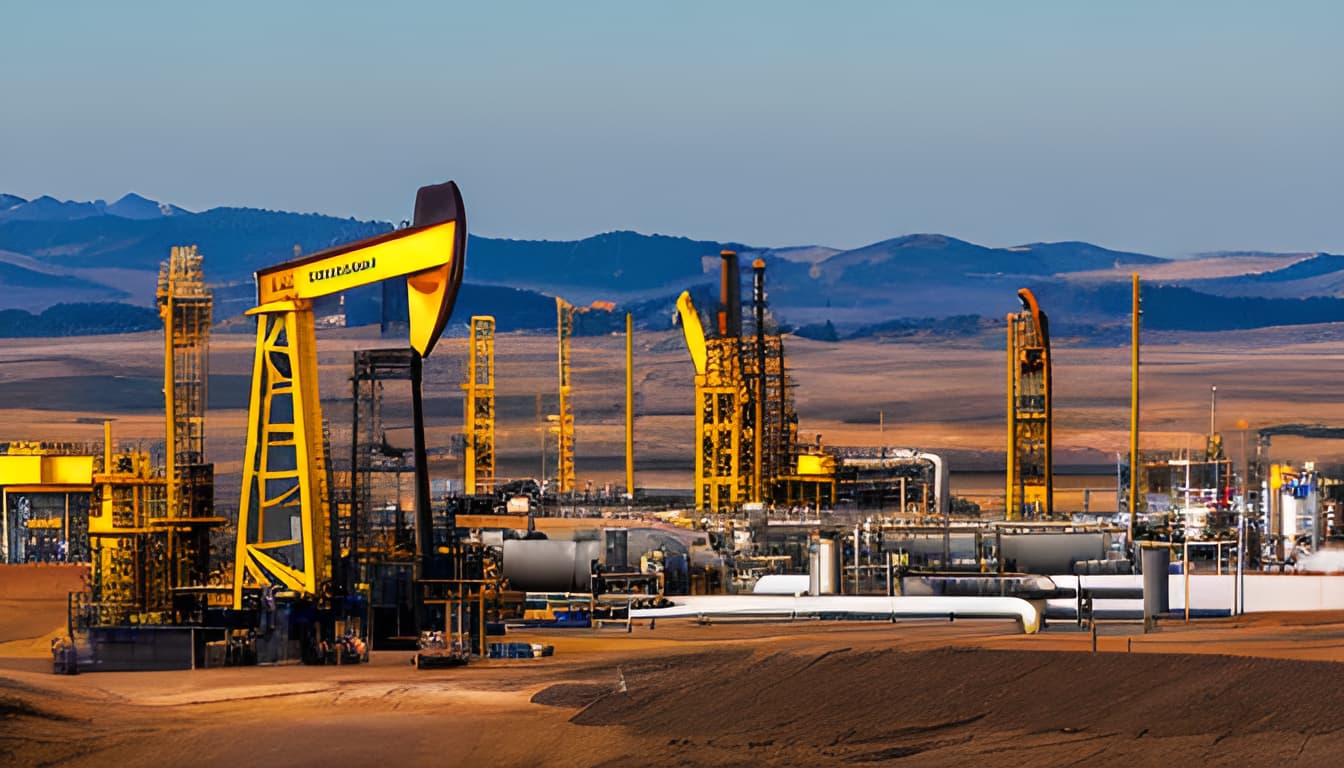Temperature monitoring is a critical aspect of various industries and applications, where precision and accuracy are paramount. In this blog post, we will explore the advantages of using bullet sensors for temperature monitoring. These sensors are widely recognized for their precision, wide temperature range, durability, and versatility, making them invaluable tools in temperature-sensitive environments.
Precision and Accuracy
Bullet temperature sensors are renowned for their high precision and accuracy in temperature measurements. Unlike some other temperature monitoring methods, these sensors offer reliable and consistent readings, which is essential in industries where temperature control is critical. Whether it’s maintaining the temperature of a chemical reaction in a laboratory or ensuring food safety in a commercial kitchen, precision matters.
Bullet temperature sensors achieve this precision through their sophisticated sensing mechanisms. They utilize advanced technology to detect even the slightest temperature variations, providing real-time data that allows for precise adjustments. This level of accuracy ensures that critical processes remain within the desired temperature range, preventing costly errors and ensuring product quality.
Wide Temperature Range
One of the key advantages of bullet temperature sensors is their ability to measure a wide temperature range. From extremely low temperatures found in cryogenic applications to high temperatures encountered in industrial furnaces, these sensors can handle it all. This versatility makes them suitable for various industries, including aerospace, healthcare, and manufacturing, where temperature extremes are common.
In applications where temperature fluctuations are rapid and extreme, bullet sensors shine. They can accurately monitor temperature changes and provide immediate feedback, allowing for timely intervention when necessary. This wide temperature range capability ensures that these sensors remain reliable and effective across a broad spectrum of environments and processes.
Durability and Robustness
Bullet temperature sensors are constructed with durability in mind. Often made from rugged materials like stainless steel, these sensors can withstand harsh environmental conditions. Whether they are exposed to moisture, dust, or vibrations, bullet sensors maintain their performance and accuracy. This robustness is crucial in industries such as oil and gas, where sensors are subjected to challenging conditions.
The durability of ACI bullet sensors translates into long-lasting reliability, reducing the need for frequent replacements or maintenance. In environments where sensor failure can lead to costly downtime and safety risks, the robust construction of bullet sensors offers peace of mind.
Rapid Response Time
In many applications, particularly in industrial processes, a rapid response time is essential. Bullet temperature sensors excel in this aspect by offering quick response times. They can capture temperature changes in real time, allowing for immediate adjustments and ensuring the process remains within the desired temperature range. This capability is invaluable in scenarios where even minor temperature variations can have significant consequences.
The rapid response time of bullet sensors contributes to process efficiency and product quality. Whether it’s controlling chemical reactions, ensuring food safety, or optimizing manufacturing processes, the ability to detect temperature changes promptly is a key advantage that sets bullet sensors apart.
Compact and Space-Efficient Design
The compact design of bullet temperature sensors makes them suitable for installations in confined spaces. This space efficiency is particularly valuable in industries like aerospace and automotive, where available space is limited. The sensors can be easily integrated into various systems without occupying excessive room, ensuring efficient use of space while maintaining accurate temperature monitoring.
In laboratory settings, where bench space may be limited, or in HVAC systems with tight installations, bullet sensors offer a practical solution. Their compact design allows for flexible placement, making them adaptable to various spatial constraints without compromising performance.
Versatility and Customization
Bullet temperature sensors are versatile and can be customized to meet specific measurement requirements. Customers can choose from a range of options, including probe length, material, and sensor type. This customization ensures that the sensors are tailored to the unique needs of each application. Whether it’s a specific length to fit a particular environment or a material that can withstand corrosive substances, bullet sensors can be adapted accordingly.
This versatility extends to a wide range of industries and applications. For example, in the pharmaceutical industry, sensors can be customized to meet the stringent requirements for sanitary applications. In industrial settings, sensors can be designed to withstand extreme conditions, such as exposure to corrosive chemicals or high-pressure environments.
Energy Efficiency
Accurate temperature monitoring plays a crucial role in energy efficiency. In HVAC systems, industrial processes, and data centers, maintaining precise temperature control is essential for conserving energy. Bullet temperature sensors contribute to energy efficiency by ensuring that systems operate within the optimal temperature range. This, in turn, reduces energy consumption, lowers operating costs, and supports sustainable practices.
For example, in a data center, where cooling systems are critical for maintaining server temperatures, bullet sensors help optimize the efficiency of these systems. By accurately monitoring and controlling temperature, data centers can reduce energy consumption and associated cooling costs while ensuring the integrity of sensitive equipment.
Reduced Maintenance Costs
The durability and reliability of bullet temperature sensors lead to reduced maintenance costs over time. Unlike sensors that may require frequent calibration or replacement, bullet sensors are designed to withstand the rigors of their operating environments. This longevity translates into fewer maintenance interventions and lower associated costs. Organizations that rely on accurate and consistent temperature monitoring benefit from these cost savings.
Consider a chemical processing plant where temperature monitoring is essential to ensure product quality and safety. In this environment, sensor failure can result in costly shutdowns and potential safety hazards. By using durable and reliable bullet sensors, the plant can significantly reduce maintenance costs and the risks associated with sensor failure.
Conclusion
Bullet temperature sensors offer a multitude of advantages for temperature monitoring across various industries. Their precision, wide temperature range, durability, and versatility make them indispensable tools for maintaining temperature control and ensuring process efficiency. From laboratories to industrial plants, these sensors play a crucial role in achieving precise and reliable temperature measurements. As technology continues to advance, we can expect even more innovations in bullet sensor technology, further enhancing their capabilities and expanding their applications. For businesses and organizations seeking to optimize their temperature monitoring processes, bullet temperature sensors are a reliable and cost-effective choice. Their ability to deliver accurate and real-time temperature data contributes to improved product quality, energy efficiency, and reduced maintenance costs, making them a valuable asset in today’s temperature-sensitive world.



